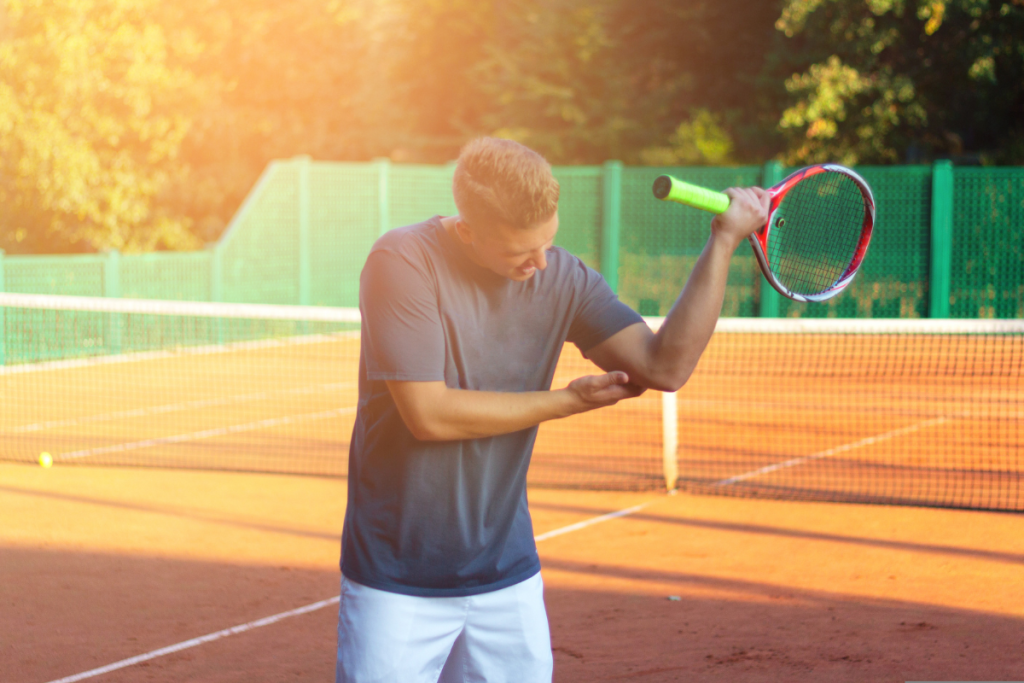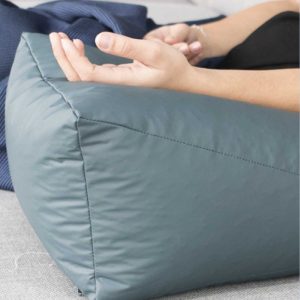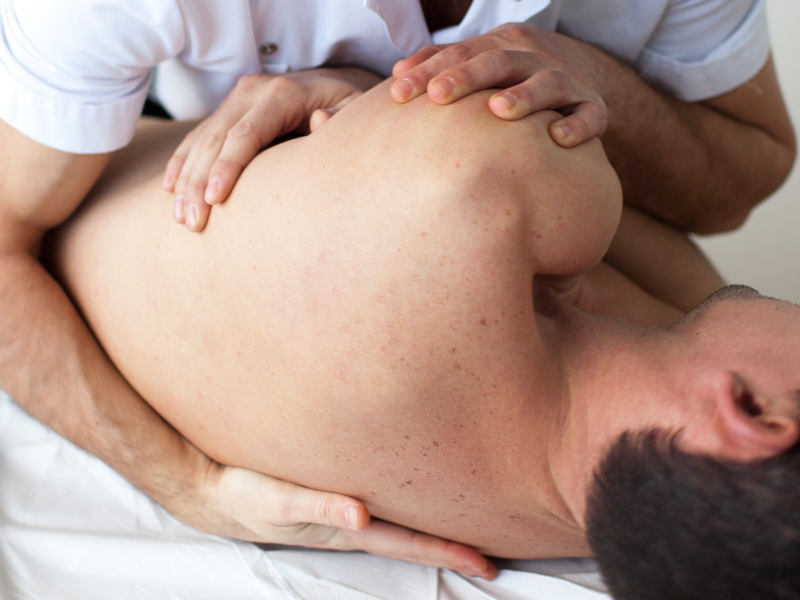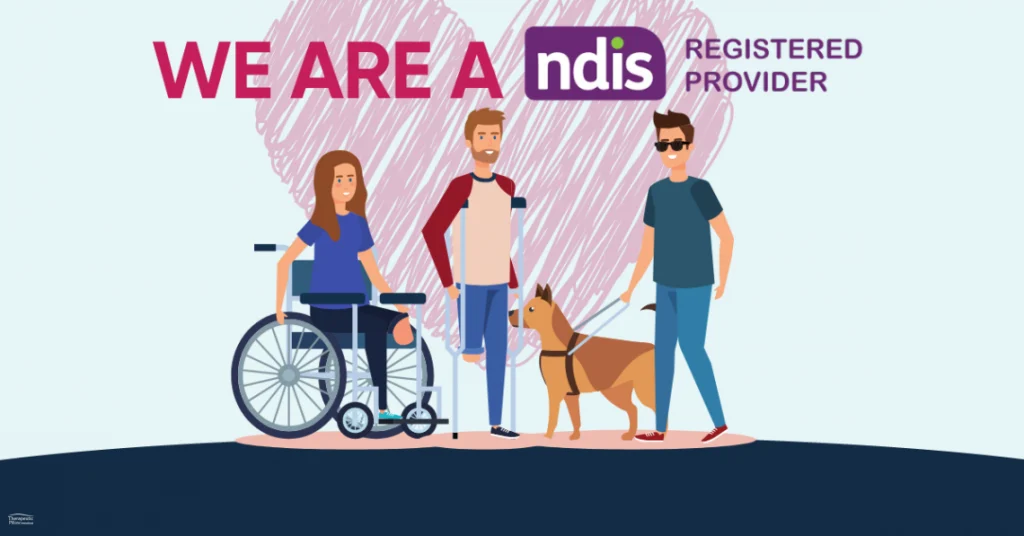From the Australian Open to Your Local Court: Love the Game, Not the Pain
In Australia, our love for tennis is as vast as the outback itself. From the electrifying matches of the Australian Open to a friendly rally on the local courts, tennis is a vital part of our sporting culture.
But with great love for the game comes a common adversary many of us face—tennis elbow. It's not just about the backhands and aces; it's about playing smart and taking care of your most asset—your arms.
What is Tennis Elbow and Why Does it Happen?
Tennis elbow, or lateral epicondylitis if you want to get technical, is like that uninvited guest at your barbecue—it shows up when you least expect it and tends to overstay its welcome. It's caused by repetitive strain on the muscles and tendons around your elbow, thanks to all that gripping and swinging. It's not just tennis players who get it; anyone who overworks their arm could be on the guest list.
Recognizing the Signs: Symptoms of Tennis Elbow
The telltale sign of tennis elbow is pain or tenderness on the outside of your elbow, especially when you're gripping or lifting something. You might also feel stiffness in the elbow or weakness in your arm and wrist. It's your body's way of saying, "Hey mate, give me a break!"
Finding Relief: Where to Turn for Help
When a tennis elbow strikes, it's crucial to seek the right treatment to get you back on the court. Rest and ice are your first line of defence, followed by the right support to ease the strain on your elbow. At Therapeutic Pillow, we've got you covered with our range of therapeutic supports like the Theramed Heat Packs , Hand Positioning Supports , and Arm Positioning Supports that are perfect for nursing your elbow back to health.
Ace Your Technique: Preventing Tennis Elbow with Proper Form and Preparation
Mastering the art of tennis is much more than just hitting the ball over the net; it's about doing so in a way that's safe for your body, ensuring that every swing, volley, and serve doesn't compromise your physical well-being. One of the most common pitfalls for tennis enthusiasts, from weekend warriors to more seasoned players, is tennis elbow—a condition often exacerbated, if not caused, by poor technique on the court. By understanding and correcting bad techniques, and emphasizing the importance of preparation and professional guidance, players can significantly reduce their risk of developing this painful and limiting condition.

Examples of Bad Techniques Leading to Tennis Elbow
1. Incorrect Grip Size and Strength: Using a racquet with a grip that's too small or too large for your hand forces your arm muscles to overcompensate, leading to increased strain on your elbow. Similarly, gripping your racquet too tightly can put unnecessary stress on the tendons of your elbow, setting the stage for injury.
2. Improper Swing Mechanics: A common mistake is leading the swing with the elbow, rather than using a fluid motion that involves the shoulder, forearm, and wrist. This not only reduces the power of your shots but also places a disproportionate amount of stress on the elbow joint and surrounding muscles.
3. Overusing the Wrist: Reliance on wrist action, especially in forehand and backhand strokes, without proper integration of the entire arm, can lead to excessive strain on the elbow. The wrist should work in harmony with the arm, not in isolation.
4. Poor Follow-Through: Failing to properly follow through with your swings can cause abrupt stops, increasing the shock and vibration transmitted to the elbow, which over time can lead to injury.
The Importance of Elongation and Preparation
Before even stepping onto the court, it's crucial to prepare your body for the physical demands of tennis. Elongating and warming up the articulations, particularly in the arms and shoulders, can significantly reduce the risk of tennis elbow. Dynamic stretches that mimic tennis movements help warm up the muscles, while specific exercises can strengthen the arm, wrist, and shoulder, providing better support for the elbow during play.
The Role of a Good Coach
This is where the role of a good coach becomes invaluable. A coach with a keen eye for technique can identify and correct the subtle nuances in your game that may lead to injury. They can provide personalized advice on:
- Grip adjustments to ensure you're holding your racquet in a way that minimizes strain.
- Swing technique, focusing on using a fluid motion that engages the whole body, reducing the reliance on any single muscle group.
- Stroke improvement, teaching you how to properly execute forehands and backhands, and serves with a technique that looks after your elbow health.
- Pre-play preparation, emphasizing the importance of a thorough warm-up and stretching routine tailored to your body's needs.
Investing in a coach isn't just about improving your game; it's about ensuring that you can enjoy tennis sustainably, without being sidelined by preventable injuries like tennis elbow. By focusing on proper technique, preparation, and the guidance of a knowledgeable coach, players can not only enhance their performance on the court but also protect their bodies against the wear and tear of this beloved sport.
The After-Game Routine: Keeping Your Elbow Game-Ready
After a fiery match, don't just pack up and head home. Implement a cool-down routine with stretches and gentle exercises for your arm and elbow. Consider using our heat therapy products to soothe and relax your muscles, preparing them for your next game.
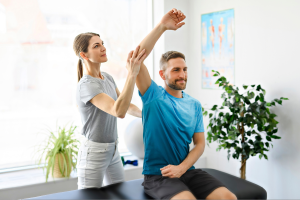
Facing the Serve: Severe Cases and Recovery - The Role of Physiotherapy
When tennis elbow escalates from a nagging pain to a severe condition, it might bench you from the sport you love, pushing you toward the decision of surgery. This procedure, focused on excising the damaged tissue and alleviating the discomfort, is often seen as a last resort but can be a game-changer for those suffering from persistent pain. Recovery, as varied as the individuals it affects, can be a journey of months, requiring patience and dedication.
The road to recovery post-surgery is where physiotherapists step into the spotlight, becoming invaluable teammates in your return to the game. Their expertise is not just in rehabilitation but in understanding the mechanics of movement and the intricacies of tennis elbow. A physiotherapist tailors a recovery program that encompasses exercises aimed at gradually rebuilding strength without overstraining the recovering tendons. They introduce flexibility routines that restore a range of motion, ensuring that every movement gets closer to your pre-injury state, if not surpassing it.
Physiotherapy goes beyond the physical healing process. These professionals also offer guidance on ergonomics and adjustments to your daily activities, ensuring that your recovery is holistic. They work closely with you to modify your tennis technique, reducing the risk of re-injury. Through biomechanical assessments, they can pinpoint specific areas of weakness or incorrect form in your swing that may have contributed to your condition.
In conjunction with physiotherapy, using arm supports like the Theramed Hand Positioning Support and Theramed Arm Positioning Support from Pillows.com.au can significantly aid your recovery. These supports are designed to maintain your arm and elbow in an optimal healing position, minimizing strain and promoting a faster, more comfortable recovery process. By integrating these supports into your rehabilitation, you can ensure that the affected area receives the best possible environment to heal, reducing the likelihood of complications or extended downtime.
Physiotherapists also emphasize the importance of a gradual return to tennis, guiding you through a step-by-step process that ensures your elbow is ready to handle the rigours of the game. This phased approach not only prepares the body but also builds confidence, ensuring that when you step back onto the court, you are not only physically capable but mentally assured in your elbow's resilience.
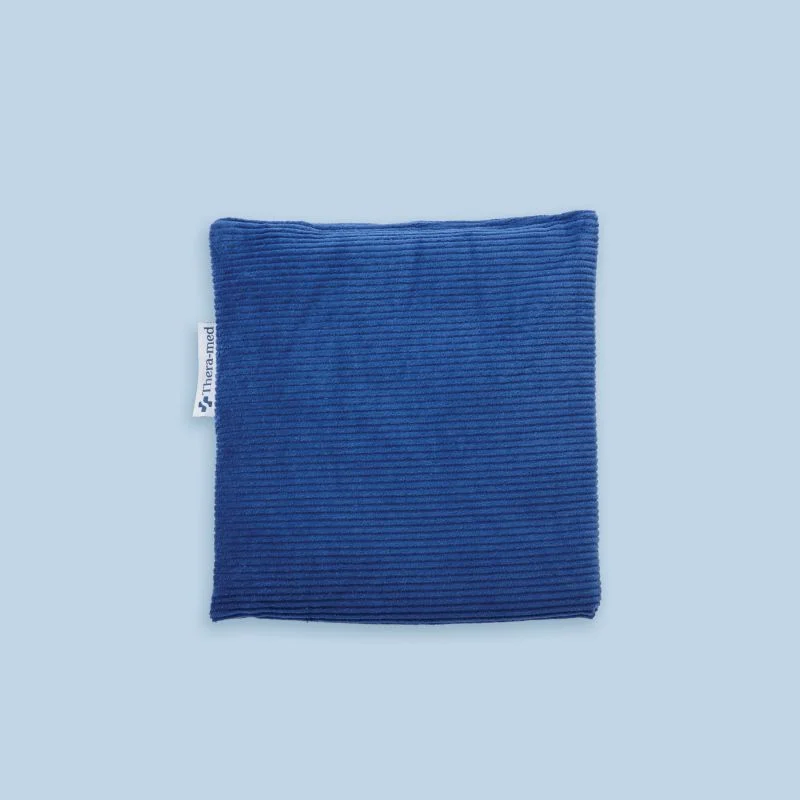
Turning Up the Heat: Integrating Heat Packs into Your Post-Game Routine
After a thrilling game of tennis, your body deserves the same level of care and attention that you give to your technique on the court. One of the most effective ways to pamper your muscles and tendons, particularly if you're managing or recovering from tennis elbow, is through the application of heat therapy. Heat packs play a crucial role in this routine, offering a soothing escape for tired, overworked arms, and promoting a quicker recovery by enhancing blood flow and relaxing muscles.
To weave this beneficial practice into your daily routine, especially after a game, consider the Theramed Heat Therapy products available at Pillows.com.au. These therapeutic heat packs are designed specifically with your comfort and recovery in mind, providing targeted warmth that penetrates deep into the muscles and tendons affected by tennis elbow.
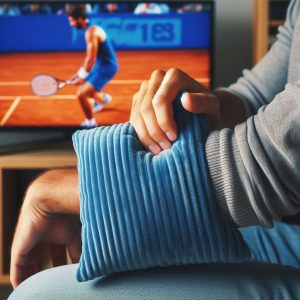
Here's how to implement them effectively:
1. Timing is Key: The best time to use a heat pack is after you've cooled down from your game. Once any acute inflammation has subsided, heat therapy can be incredibly beneficial. This is usually a few hours post-game or the following day, depending on your body’s response.
2. Duration of Application: For optimal results, apply the Theramed Heat Therapy pack to the affected elbow area for about 15-20 minutes. This duration is sufficient to penetrate the tissues deeply, promoting relaxation and increasing blood flow without overheating the skin or underlying tissues.
3. Frequency: Integrating this into your daily routine can significantly aid in recovery and comfort. For those actively managing tennis elbow symptoms or in the recovery phase, using heat therapy once a day, especially after physical activity or during periods of increased pain, can offer relief and accelerate healing.
4. Safety First: Always ensure that the heat pack is at a comfortable temperature before application to avoid burns. The Theramed products are designed with safety in mind, but it's essential to listen to your body's cues and adjust usage as needed.
5. Combine with Other Therapies: While heat therapy is effective, combining it with gentle stretching, appropriate exercises prescribed by your physiotherapist, and using arm supports like the Theramed Hand Positioning Support and Theramed Arm Positioning Support, can provide a holistic approach to recovery and maintenance of a healthy elbow.
Incorporating Theramed Heat Therapy packs into your post-game routine not only offers immediate relief from discomfort but also serves as a proactive measure to keep tennis elbow symptoms at bay. By dedicating a few minutes each day to this practice, you're not just treating your body to a moment of relaxation; you're investing in your ongoing health, ensuring that every match you play is supported by a foundation of care and recovery. Remember, maintaining an effective recovery routine is just as vital to your performance as the practice you put into your serves and volleys.
Serving Up Support
At Pillows.com.au, we're here to support your journey from pain to performance. Whether you're battling tennis elbow or looking to prevent it, our range of products is designed with your recovery and comfort in mind. Remember, treating tennis elbow is a marathon, not a sprint. With the right approach, you can return to serving aces and enjoying the game you love.
Let's keep the spirit of tennis alive in Australia by playing smart and taking care of our bodies. After all, the best part of the game is being able to play it.
Tennis elbow can last between several weeks to two years, but most people (approximately 90%) recover within one year with proper treatment.
 2
2 0
0Fixing tennis elbow involves a combination of rest, ice, compression, and elevation (RICE), along with anti-inflammatory medications, physical therapy, and in some cases, a brace or strap to alleviate stress on the affected area.
 1
1 0
0Healing tennis elbow requires rest, avoiding activities that cause pain, applying ice, and engaging in physical therapy to strengthen and stretch the muscles around the elbow. Using products like heat packs can also aid in recovery.
 1
1 0
0Treatment for tennis elbow includes rest, physical therapy exercises, using supportive devices like braces, and in severe cases, injections or surgery.
 0
0 0
0Symptoms of tennis elbow include pain and tenderness on the outside of the elbow, forearm weakness, and difficulty in gripping objects.
 1
1 0
0
